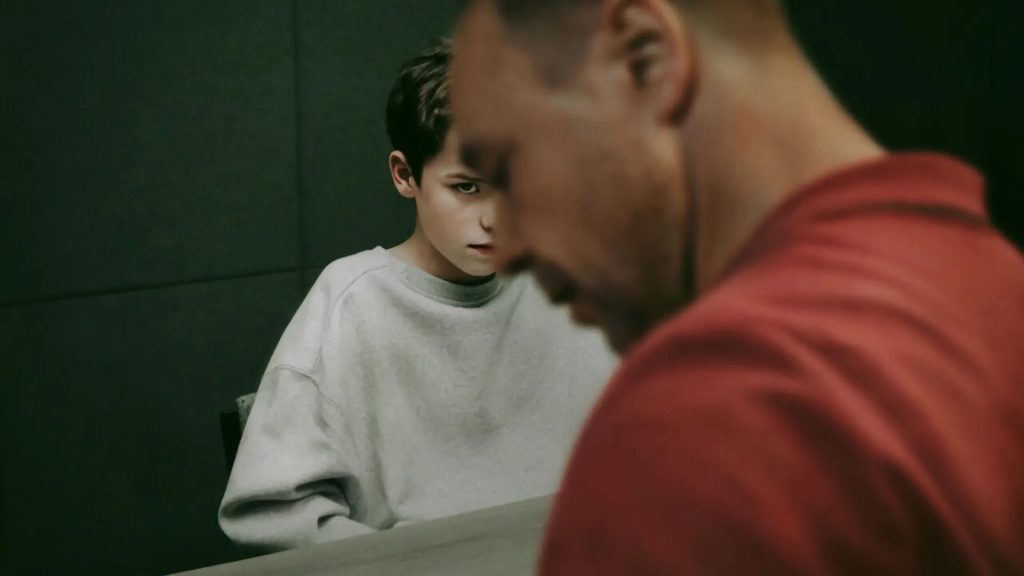Since my last blog, my mind has kept turning over some of the issues that the Çalışkan article and the Netflix series Adolescence raised for me. After discussing what Bakhtin’s views of cognition mean for ethics, Çalışkan goes on to discuss empathy and the related act of creating art. For Bakhtin since humans are such fundamentally unknowable creatures, there’s little point in trying to understand each other through empathy. She describes it as reductionist as it is an attempt by two people to enter into one shared perspective of reality, whereas creating an imaginary character (as in literature) can be seen as worthwhile because we’re knowingly engaging in an act of imagination and who we’re really getting to know through this process is ourselves.
The section on empathy was brief, but it struck me as simplistic. Why can’t empathy also be a knowing act? I understand it’s not possible to fully see from someone else’s perspective, but I think there’s value and learning in the attempt. Meanwhile, when you enter the realms of art, and specifically of fiction, you have to consider the value bestowed not only on the creator but on the audience. And what is the value of trying to understand a fictional character who never actually took action in response to the stimuli and motivations?
Adolescence is set in our world; it captures a culture and rhetoric that aims to be true to life. Something that is emphasised by it being shot in real-time and in real locations. And while the characters and circumstances are fictional, the creators were responding to a number of real-world incidents of young boys killing or injuring young girls in the UK. The release of Adolescence has been a cultural moment. It’s attracted over 124 million views worldwide and started a global conversation. There’s a responsibility that comes with that. Art doesn’t only capture and reflect elements of culture, it creates it. With 124 million people viewing Adolescence, it will have shifted public opinion about how these tragic incidents occur. But what do we actually know about the motivations of boys who have committed crimes like this? In interviews, creator Stephen Graham has cited the case of Brianna Ghey without mentioning that this was a transphobic crime. What is the responsibility of art, particularly art grounded in realism, to accurately reflect life, to avoid scaremongering or spreading misinformation, and to guide society towards a better way of relating to one another?
To be clear, I’m not saying Adolescence is scaremongering or misrepresenting reality in an unhelpful way – I think it’s prompted very important and necessary conversations – but I think it’s an important line of questioning around art in general. I’ve reflected before about how my work is rooted in the real world, that I don’t work with fictions. But I love fiction – I consume and appreciate it in many different forms. I have no desire to argue against its inherent value. The makers of Adolescence probably never dreamed of the kind of success and impact it would have. But I’m left with the question, is there such a thing as irresponsible fiction? And how does the impact of a piece of fiction change when it presents as hyperrealistic, as opposed to art that engages with myth-making or fantasy?
In addition to the Çalışkan article and the Netflix series Adolescence, here are some things I’ve read, watched or listened to recently that are informing my thinking around this:
- ‘Lights On’ Annaka Harris
- ‘Mad Honey’ by Jodi Picoult and Jennifer Finney Boylan
- On Being with Krista Tippett interview with David Bornstein on Our Lives with the News
- BBC OS Conversations: Adolescence
- The News Agents interview with Jack Thorne
- Everything is Alive podcast

Leave a Reply